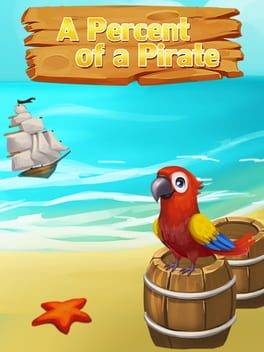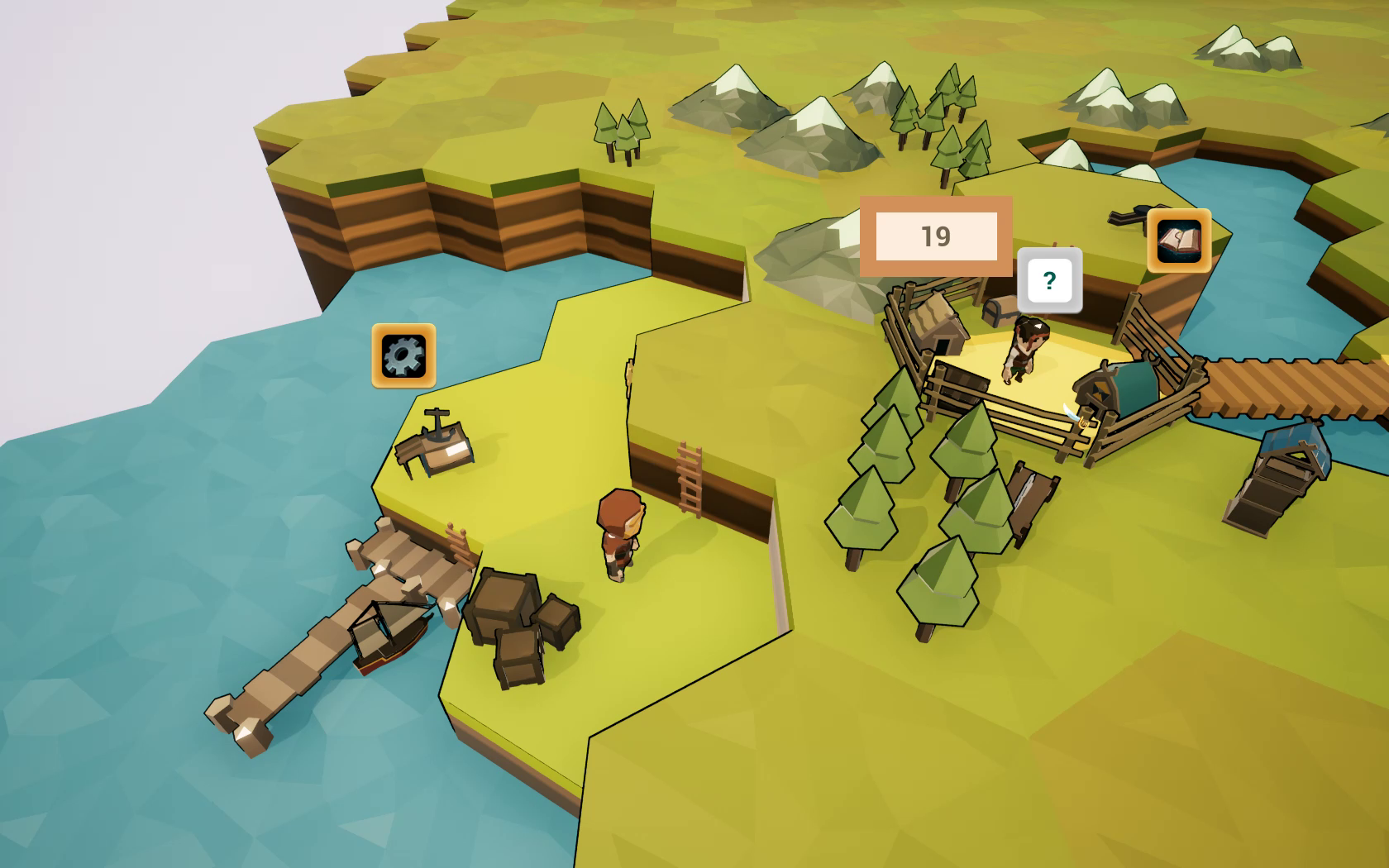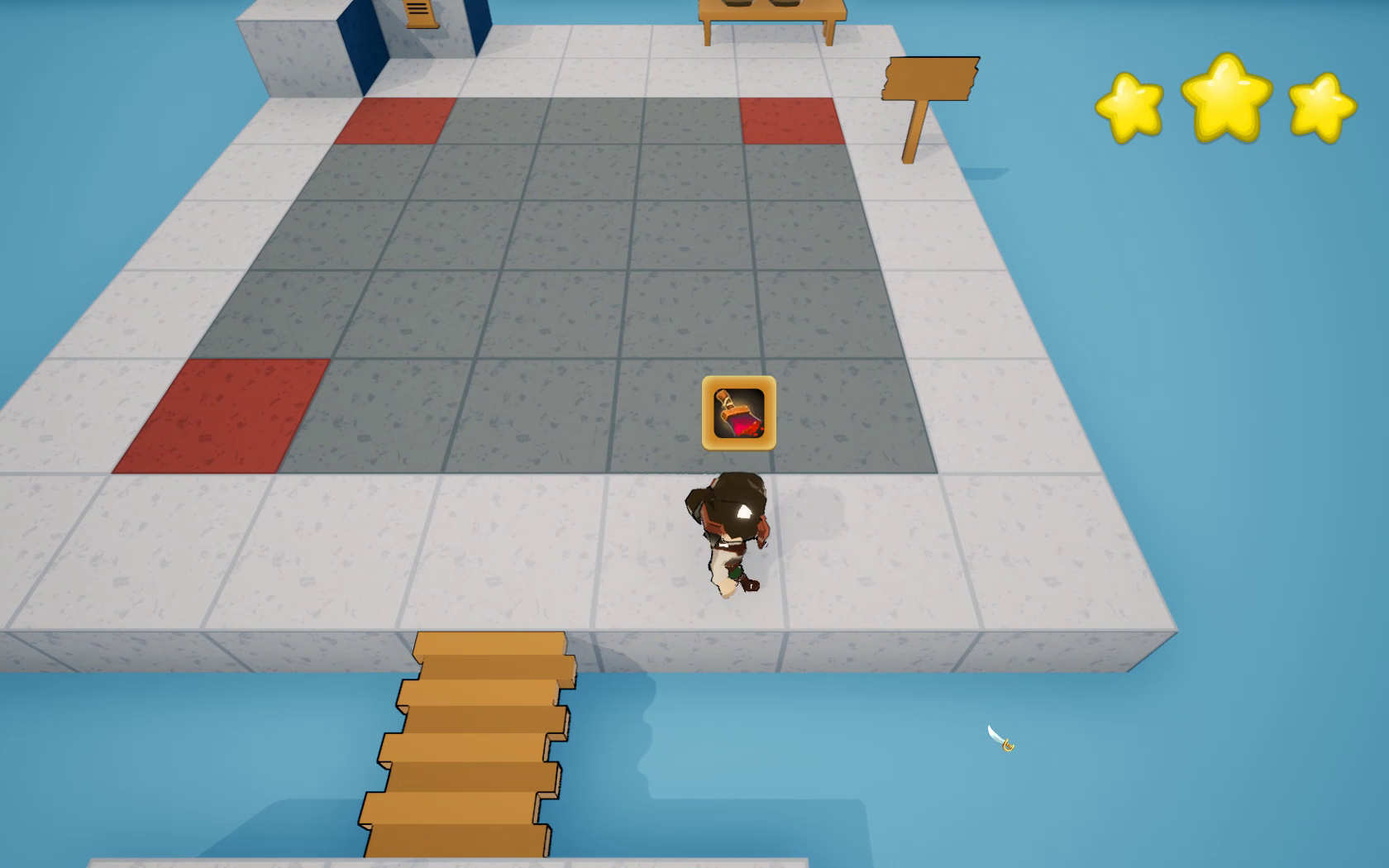Search
[{{{type}}}] {{{reason}}}
{{/data.error.root_cause}}{{{_source.title}}} {{#_source.showPrice}} {{{_source.displayPrice}}} {{/_source.showPrice}}
{{#_source.showLink}} {{/_source.showLink}} {{#_source.showDate}}{{{_source.displayDate}}}
{{/_source.showDate}}{{{_source.description}}}
{{#_source.additionalInfo}}{{#_source.additionalFields}} {{#title}} {{{label}}}: {{{title}}} {{/title}} {{/_source.additionalFields}}
{{/_source.additionalInfo}}- Details
- Category: Computer
- By Kaitlyn Gress
- Hits: 1874
A Percent of a Pirate (PC)

A Percent of a Pirate
Developed by Luminark
Published by Luminark
Released on January 17, 2020
Available on Windows
Genre: Education, Tower Defense
ESRB Rating: None
Number of Players: Single player
Price: $0.99 on Steam
Thank you Luminark for sending us this game to review!
A Percent of a Pirate is an educational tower-defense game designed to teach seventh graders about ratios and percentages, as well as how to calculate them in various ways. It represents the 7.RP.A.3 educational standard and reflects it in the teaching methods it uses. The basic idea of the game is to defeat the goblins that are trying to attack your small base.
It begins with the player being instructed to build a “turret,” as it is called, and they shoot arrows at an approaching goblin. However, the player quickly realizes that the turret is weak and needs improvements. They then build a school in the base, where they proceed to start the lessons on ratios. The character (whose name is Lynn, but this isn’t revealed until over halfway in) is also tasked with using a cannon, along with building a harbor and a boat. Each time, the player has to return to the school to learn something new so that they can continue on whatever endeavor they walked into.

Strong Points: Brings education into a game; adds suspense by allowing the goblins to make their way towards the player’s base while they decide on an answer
Weak Points: Most of the game is spent in a school; there are many so-called “boards” that feel more like tests; confusing in execution
Moral Warnings: Player has to kill goblins in order to protect their small base
The controls are very simple, and there is a menu that pops up with all of the button configurations right before the game is started. The user can look at this menu for as long as they like before hitting the “Play” button at the top right corner. Said menu is a replacement for any tutorial-like experience, but considering the low level of complexity that is demonstrated, a full-on tutorial isn’t really necessary.
The graphics are not impressive in any way, shape, or form. The character’s face looks depressed throughout the entire gameplay. When I was observing the environment, I was reminded of Minecraft, but with hexagons. Inside the school, everything is more cube-like in appearance, and I found the difference in graphical styles to be a bit odd.
The music, while fitting, repeats the same track for almost the entire playtime. There was one time it changed tunes, and then it played back the first tune again for the remainder of the game. Sound effects are practically nonexistent, unless the user is confirming they want to build something.

Higher is better
(10/10 is perfect)
Game Score - 46%
Gameplay - 4/20
Graphics - 5/10
Sound - 4/10
Stability - 5/5
Controls - 5/5
Morality Score - 93%
Violence – 6.5/10
Language - 10/10
Sexual Content - 10/10
Occult/Supernatural - 10/10
Cultural/Moral/Ethical - 10/10
The gameplay is a little unusual, and not necessarily in a positive way. While the intent is to protect the base from goblins, most of the play is spent in the school learning how to do various types of calculations. I felt a dissociation from the rest of the plot when I was in the school, which is a shame because most of the gameplay ends up happening in the school. At the end of each session in the school, there are even boards that the players have to complete. When I was completing said boards, I noticed some of the wording present on the boards was very confusing, and it sounded like it came straight from the handbook of educational standards. I already know these standards, and even I was a little confused when trying to decipher their meaning. Seventh graders, if you ever have to play this game in school, I will not at all blame you for feeling confused.
Morally, A Percent of a Pirate is mostly okay. There are goblins that must be killed, but upon dying, they shrink until no longer visible. No blood or gore is shown. There is also plenty of dialogue throughout the course of the game, but none of it is vulgar.
However, said dialogue has a clear lack of quality control. I noticed several typos, and the conversations read like they were written by my fourth grade self. I remember cringing a lot when I was reading through it, and even straight up laughing at how ridiculous some of it was.
Overall, A Percent of a Pirate has a lot of unused potential for engaging students into the concepts. While I have nothing against educational games, there is a lot that this one could have done better, especially when it comes to integrating the concepts into the actual play.








